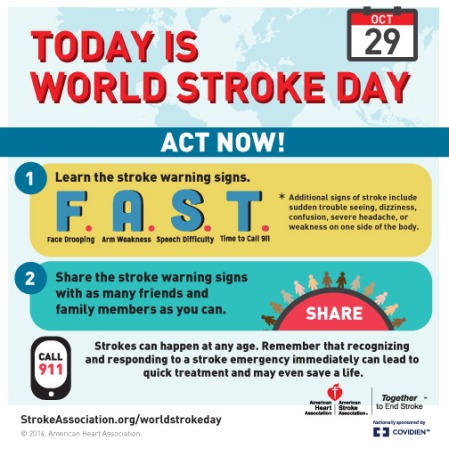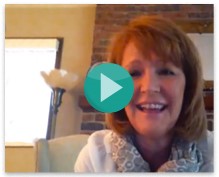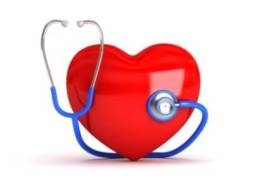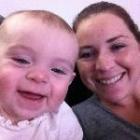It Starts With Knowledge – Linking Heart Health to Breast Cancer
“A timely visit to a cardiologist can help to prevent cardiac complications after cancer therapy.” – Dr. Errol Williams, aka Errol MD
Each year, October serves as National Breast Cancer Awareness Month, helping to educate individuals around the world on the importance of knowing the facts of breast cancer, from the steps to detection to the treatment and path to recovery.
As we roll further into the autumn months and welcome November and all the changes that accompany it, ErrolMD encourages the reminder that this knowledge is power and is where that path to recovery can begin.
Knowledge controls the access to opportunity and advancement.
For example, many are not aware that 1 in 10 breast cancer patients, treated with certain chemotherapy drugs, are put at a much higher risk for developing heart failure due to a lack of proper treatment from their cardiologist.
Facts like this, in addition to..
- About 12 % of breast cancer patients developed heart failure within three years, often as a result of the cancer drugs and treatments
..and..
- Only 1/3 of older breast cancer patients saw a cardiologist within 90 days of developing heart problems.
… are crucial to be aware of. Results show that those who saw a cardiologist had a significantly higher rate of proper treatment and staying in control of their heart condition.
In an article presented at the American Heart Association’s Quality of Care and Outcomes Research 2014 Scientific Sessions, Dr. Jersey Chen, a research scientist and cardiologist at Kaiser Permanente, along with his team of scientists, analyzed data on 8,400 breast cancer patients older than 65 who were treated either with specific chemotherapy drugs, anthracyclines or a targeted therapy, trastuzumab.
The study tracked which patients developed cardiomyopathy (a weakening of the heart and its ability to pump blood) or heart failure itself, (when the weakened heart causes symptoms such as fatigue and shortness of breath).
About 12 % (1,028) of these patients developed heart failure within 3 years after their cancer treatment, with only 34% of these patients visiting their cardiologist for treatment.
Patients who saw a cardiologist were more likely to receive standard medications for heart failure than those who did not see a cardiologist, proving that this is a truly crucial area for oncologists and cardiologists to collaborate on.
Breast cancer patients treated with such chemotherapy drugs thus need to be aware that the therapies can lead to future heart problems, and “if you have symptoms of heart problems like shortness of breath or swelling in the feet or legs,” they should seek attention quickly, preferably with doctors familiar and comfortable with treating heart failure after cancer therapy. Know the facts and be aware of the side effects.
For more information, check out BreastCancer.org for symptoms, side effects and tips for the future.


































